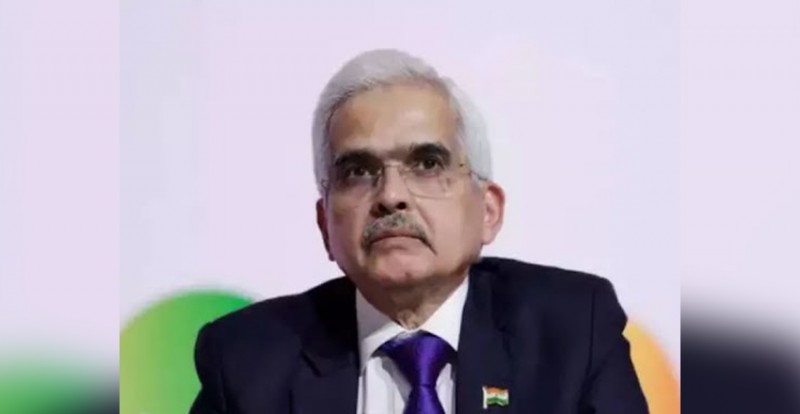
While many parts of India swelter under summer heatwaves, hopes for the Reserve Bank of India (RBI) slashing key interest rates have cooled off as well.
The scorching conditions across the nation are likely to push up food prices, as per a recent report by the Bank of Baroda, underscoring the pivotal role of the upcoming monsoon season.
The Indian Meteorological Department (IMD) has forecasted an above-normal monsoon for the year, crucial for the agriculture sector, especially for crops reliant on rainfall.
The usual onset of the southwest monsoon occurs over Kerala around June 1, with a slight variation of about seven days. These rains are vital, particularly for kharif crops, which depend heavily on rainfall. India's agricultural calendar revolves around three main seasons - summer, kharif, and rabi.
The pressure on food prices has been hampering the ongoing trend of falling inflation rates in India, posing a challenge to achieving the targeted 4 per cent inflation rate.
"The RBI will closely monitor the timing and distribution of rainfall before considering rate cuts," stated the Bank of Baroda report.
The RBI typically holds six bimonthly meetings in a financial year to discuss interest rates, money supply, inflation, and other macroeconomic factors. The upcoming meetings are scheduled for June 5-7, 2024; August 6-8, 2024; October 7-9, 2024; December 4-6, 2024; and February 5-7, 2025.
Currently, the RBI's focus remains on stabilizing inflation at the 4 per cent target rate. Accordingly, the policy repo rate, which is the rate at which the RBI lends to other banks, has been kept steady at 6.50 per cent for the seventh consecutive time.
Furthermore, the Bank's report noted that the heatwave conditions have affected the travel sector, leading to a slowdown in air travel, diesel consumption, and toll collections. However, there are signs of recovery in other sectors like increased auto sales, vehicle registrations, and electricity demand.
"Travel has taken a hit with the extreme heat conditions," the report highlighted.
Despite challenges, domestic demand appears to be on the rise, evident from various high-frequency indicators such as fertilizer sales, auto sales, vehicle registrations, and increasing power consumption.
The IMD's initial long-range forecast predicts an above-normal South-West Monsoon (June-September) this year, with Skymet, a private forecaster, also anticipating a normal monsoon.
According to the Bank of Baroda report, the sowing area for summer crops is currently 7.2 per cent higher than last year.
However, there's a concerning note regarding water reserves, with reservoir levels dropping to 28 per cent of total capacity, down from 35 per cent last year, as per the lender's report.
IMF Raises Concerns Over Pakistan's Debt Repayment Capacity as Support Team Arrives
China's Consumer Prices Inch Up, Factory Costs Continue to Fall
India Urged to Prioritize Stable Leadership Amid Global Turmoil: EAM Jaishankar